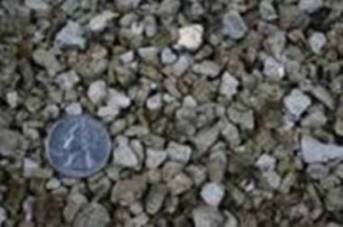Aug . 11, 2024 04:26 Back to list
Exploring the Benefits and Applications of Low Carbon Steel Wire Rod in Modern Manufacturing
Low Carbon Steel Wire Rod A Sustainable Material for Modern Applications
Low carbon steel wire rod is emerging as a vital material in a variety of industries due to its unique properties and versatility. With carbon content typically below 0.25%, low carbon steel offers excellent malleability and ductility, making it an ideal choice for applications that require significant deformation without the risk of cracking. This article explores the characteristics of low carbon steel wire rod, its applications, and its role in sustainable manufacturing.
Characteristics of Low Carbon Steel Wire Rod
Low carbon steel wire rod is known for its balance of strength, toughness, and flexibility. The lower carbon content allows for better workability and weldability compared to higher carbon steel. These rods can be easily drawn into thinner wires, shaped into various forms, or even welded into different configurations without compromising their structural integrity. Additionally, low carbon steel is often more affordable than other steel grades, making it a cost-effective option for manufacturers.
One of the standout features of low carbon steel wire rod is its corrosion resistance. Although it is less resistant to oxidation compared to alloyed steel, manufacturers often apply protective coatings or treatments to enhance longevity. As a result, products made from low carbon steel tend to have a decent lifespan, requiring less frequent replacements and thus contributing to reduced waste.
Applications of Low Carbon Steel Wire Rod
The versatility of low carbon steel wire rod makes it suitable for a broad array of applications. In the construction industry, it is commonly used to produce reinforcing bars (rebar), which provide tensile strength to concrete structures. This is particularly important for infrastructure projects such as bridges, buildings, and roadways, where structural integrity is paramount.
low carbon steel wire rod

In the automotive sector, low carbon steel wire rods are utilized to manufacture wires, springs, and other components that undergo significant stress and strain. The material's ability to withstand deformation without breaking is particularly advantageous in automotive applications. Additionally, low carbon steel wires are frequently used in the production of various fasteners, such as nuts and bolts, which are essential for securely assembling mechanical structures.
Another innovative application is in the creation of wire ropes and cables, which are critical in industries like shipping, logging, and construction. The excellent strength-to-weight ratio of low carbon steel wire rods allows for the development of robust, lightweight solutions that can endure heavy loads.
The Role of Low Carbon Steel Wire Rod in Sustainable Manufacturing
As industries increasingly focus on sustainability, low carbon steel wire rod stands out as an environmentally friendly option. The manufacturing processes of low carbon steel typically result in lower carbon emissions compared to higher carbon alternatives. Furthermore, steel is one of the most recyclable materials available, and low carbon steel can be easily recycled to produce new products, thereby reducing the demand for virgin materials.
Investing in low carbon steel wire rod supports the principles of a circular economy, where resources are reused and recycled effectively. Companies that opt for low carbon steel often find that they can optimize costs while also contributing to global sustainability goals.
Conclusion
In summary, low carbon steel wire rod is a highly versatile and sustainable material that plays a crucial role in various industries. Its excellent mechanical properties, along with cost-effectiveness and recyclability, make it an attractive choice for manufacturers looking to balance performance with environmental responsibility. As we move towards more sustainable manufacturing practices, low carbon steel wire rod will undoubtedly continue to be an integral part of modern industrial applications.
-
High-Quality Fe-C Alloy Leading Manufacturers & Spherical Alloy Materials Supplier
NewsJun.10,2025
-
Premium Low Nitrogen Recarburiser Supplier & Manufacturer – High Quality Exporters
NewsJun.10,2025
-
DT4 High-Quality Magnetic Materials Leading DT4 Manufacturer & Supplier
NewsJun.10,2025
-
High-Performance Spring Steel Suppliers Custom Solutions
NewsJun.10,2025
-
Premium SWRCH6A Manufacturer Steel Wire Supplier & Factory
NewsJun.10,2025
-
Premium Mild Steel Wire Rod Supplier & Manufacturer
NewsJun.10,2025
